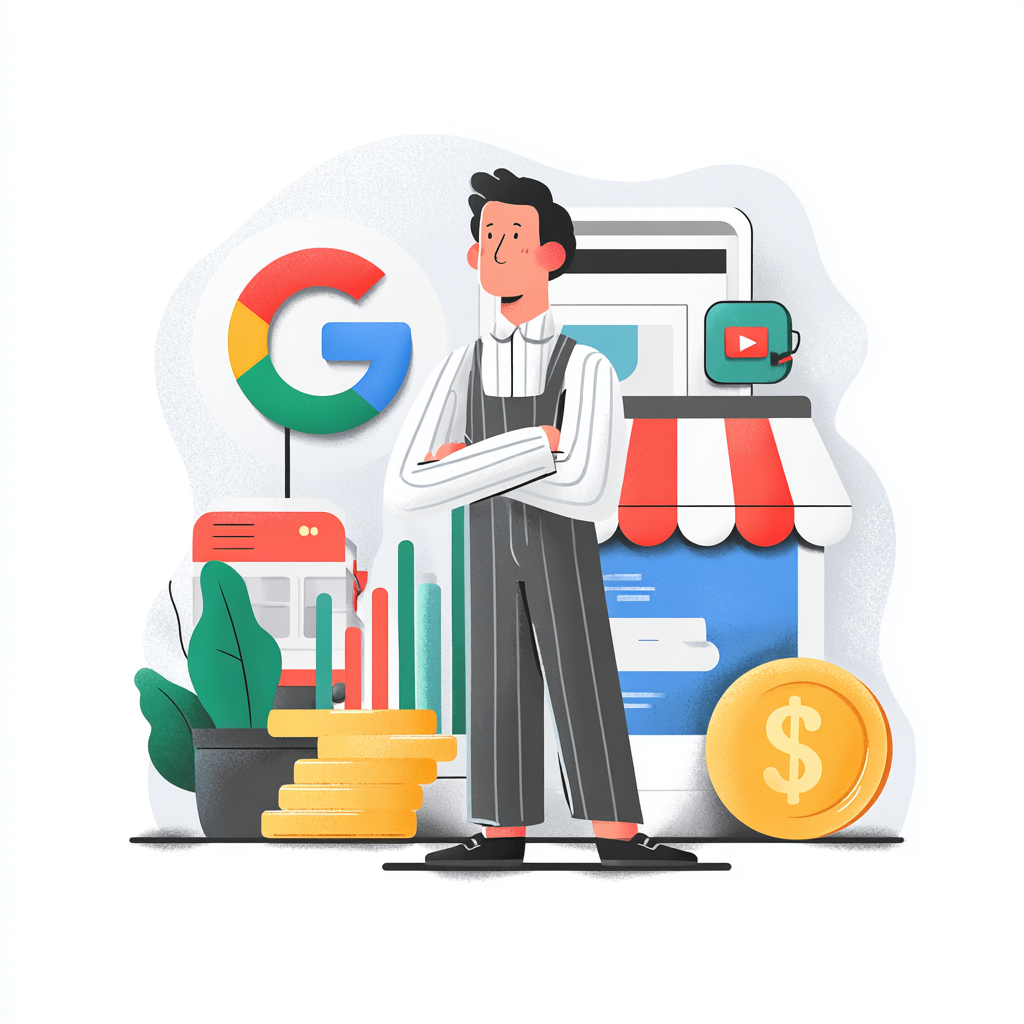Key Takeaways
- Strong design language builds trust and recognition, helping brands stand out and communicate clearly.
- Inconsistent or poorly executed design weakens credibility, confuses customers, and reduces perceived value.
- Design is strategic, not decorative—success comes from intentional visual systems, not trends or shortcuts.
In a world where consumers are overloaded with choices, attention is the most fought-for currency. Companies invest huge amounts into marketing campaigns, SEO, paid ads, and social media strategies, all trying to win a moment of focus. Yet ironically, many of those same brands neglect one of the most fundamental tools for capturing interest and building trust: great design.
We spoke with a sports design agency and they highlighted the biggest challenges they face when it comes to creating a cohesive brand language.
Bad logo design, cluttered websites, chaotic social media graphics, and inconsistent branding are more common than ever—despite the design tools and resources now widely available. The problem isn’t a lack of access; it’s a lack of understanding. Many brands still treat design as decoration rather than a strategic foundation. But design isn’t just how something looks—it’s how it communicates, how it works, and how it makes people feel. And when a brand lacks a clear visual language, the result is confusion, inconsistency, and missed opportunity.
The Consequences of Poor Design
We’ve all encountered brands with mismatched color palettes, clashing fonts, and logos that look like they were created in Microsoft Paint in 1998. Maybe the website is slow, cluttered, or unreadable on mobile. Maybe the logo makes no sense for the industry, or the product packaging looks like generic clip art. These aren’t minor issues—poor design actively damages a brand.
Bad design can:
- Reduce credibility and trust
- Increase bounce rates on websites
- Limit word-of-mouth referrals
- Make products feel lower quality than competitors
- Confuse customers about what a company actually offers
- Dilute brand recognition
People make subconscious judgments in 50 milliseconds. If a brand looks amateur, people assume the product or service behind it is amateur as well. You may offer something excellent—but if your visual identity communicates chaos or cheapness, most customers won’t stick around long enough to find out.
Why So Many Brands Miss the Mark
There are several reasons companies repeatedly get design wrong:
1. They underestimate the importance of design
Many founders and executives still think design is just “making things pretty.” They focus on functionality, pricing, or features but forget that visual presentation is inseparable from user experience. A product can be brilliant—yet without strong branding, it might never gain traction.
2. They don’t define a design strategy first
A logo isn’t a strategy. A website isn’t a strategy. A brand needs a foundation: mission, audience, tone, values, and positioning. Too many companies jump into designing assets without first defining who they are. Without strategy, you get scattershot visuals that don’t reflect consistent purpose.
3. They chase trends instead of authenticity
Minimalist logos. 3-D gradients. Retro fonts. Pastel color palettes. Trend cycles move fast, and brands often copy whatever seems popular at the moment instead of expressing what makes them unique. The result: sameness.
If your brand could be swapped with another and no one would notice, the design has failed at its job.
4. They use too many hands on the design wheel
A CEO wants bigger text. A marketing director wants neon colors. A sales rep thinks the logo should be a wolf because wolves are “strong.” Endless revisions from people without design experience lead to Frankenstein branding—pieces stitched together with none of them working harmoniously.
5. They hire cheap instead of professional
You get what you pay for. A $50 crowdsourced logo rarely includes research, typography considerations, scalability planning, or long-term usability. A logo must work on billboards and business cards, mobile apps and merchandise. Most bargain designs break immediately outside their original file.
Why a Strong Design Language Is Critical
Design language is the consistent system of visual rules that guide the look and feel of a brand—its colors, typography, spacing, tone, photography style, iconography, layouts, animations, and more. It’s the difference between accidental design and intentional identity.
A strong design language provides:
Consistency
The same voice, the same style, everywhere. Customers should recognize a brand instantly—without seeing the logo. Think of brands like Apple, Nike, Coca-Cola, or Airbnb. You can spot their design fingerprints from a distance. Consistency builds familiarity, and familiarity builds trust.
Efficiency
When design rules exist, content creation becomes faster. Teams don’t reinvent the wheel for every post, page, presentation, or campaign. With structure, creativity becomes easier because designers can innovate within meaningful boundaries.
Recognition
Repetition creates memory. The more consistently a visual language appears, the more strongly it occupies mental space. Branding is about owning visual territory before someone ever reads a line of copy.
Professionalism
In competitive markets, perceived value matters. Luxury brands thrive because their design feels premium. SaaS companies win investors because their branding communicates seriousness. Good design creates emotional expectation—and shapes willingness to buy, subscribe, or spend more.
Examples of Good vs. Bad Design Thinking
Bad design thinking:
“We need a logo. Make it edgy. Make it unique. Maybe add a swoosh.”
Good design thinking:
“What emotions should this brand evoke? Who are we speaking to? What represents our values visually? How do we want our brand to look in 10 years instead of 10 minutes?”
Good design is invisible in the sense that it never distracts—it guides. Bad design screams for attention while saying nothing meaningful.
The Brand Experience Is the Design
Design is not a department. It’s every interaction someone has with your company:
- The homepage load time
- The packaging feel when they unbox something
- The typography in an email signature
- The layout of a pricing page
- The color consistency across social platforms
Every decision reinforces or weakens your identity.
When a brand’s design language is strong, customers know what to expect. They feel safe investing emotionally and financially. They remember the story.
Without that language, a brand becomes forgettable—just more noise in a world already too loud.
The Future Belongs to Design-Driven Brands
We’re moving into a world where:
- AI automates manufacturing, copywriting, and operations
- Products and features become easier to replicate
- Competition accelerates across every category
The differentiator will not be features—it will be identity.
Brands that survive will be the ones with personality, clarity, distinctiveness, and emotional resonance. And all of that begins with strong design.
Final Thought
Good design isn’t expensive. Bad design is—because it costs customers, trust, and opportunity. If a brand wants to scale, the first investment should be a strategic visual language that tells a clear story.
Because people don’t fall in love with products.
They fall in love with how a brand makes them feel.
And feeling is designed.
FAQ
- Why is good design important for a brand?
Good design shapes first impressions, builds trust, enhances user experience, and improves brand recognition. - What causes brands to struggle with design consistency?
Lack of strategy, too many decision-makers, and reliance on trends or cheap design solutions often lead to inconsistencies. - What is a design language?
A design language is a system of visual rules—colors, typography, tone, spacing, layouts—that ensures a brand looks cohesive across all platforms. - Can small businesses benefit from strong design, or is it only for big brands?
Every business benefits from strong design because consistency increases perceived value and customer loyalty, regardless of size. - How can a brand improve its design without a full rebrand?
Start by standardizing key elements like colors and typography, create basic brand guidelines, and ensure consistency across touchpoints.







